Natural Solutions for Acid Reflux Acid
 Acid reflux occurs when the liquid content from your stomach and the
Acid reflux occurs when the liquid content from your stomach and the
gastric acid backs up or “refluxes” into the esophagus causing irritation of
the delicate esophagus lining and a burning sensation which radiates upwards.
What Causes Acid Reflux?
Reflux occurs when the lower esophageal sphincter (LES), the valve muscle
that connects the esophagus to the upper portion of the stomach,
malfunctions, allowing the contents of the stomach to flow backwards into the
esophagus.
When functioning normally, the LES (valve) opens to allow food to go down
from the esophagus into the stomach; then it closes immediately following
food passing through the valve, keeping the contents of your stomach where
it belongs –in your stomach. When the LES malfunctions, either by not closing
all the way or opening too often, the gastric juices can squeeze up though
the LES and move back up into the esophagus, causing a burning sensation.
The stomach lining produces mucous which protects it from the acid, the esophagus has no such protection so even a small splash of acid refluxing into the esophagus will cause a burning sensation.
What causes acid reflux or GERD i.e. what can cause LES (lower esophageal sphincter) to weaken?
There are a number of dietary and lifestyle factors that may contribute to the
weakening of the LES causing GERD and heartburn symptoms. These include:
- overeating
- overweight, stress (and eating when upset)
- food allergies/sensitivities
- alcohol
- carbonated beverages
- chocolate
- peppermint
- eating too rapidly
- spicy foods including yellow onions
- greasy foods
- NSAIDS (e.g. aspirin, ibuprofen and naproxen)
- drugs that irritate the GI lining (NSAIDS, antibiotic tetracycline, iron salts)
- sugar
- smoking
- lying down after eating
- swallowing large amounts of air when eating
- coffee/tea and other caffeine-containing beverages
- tight-fitting clothing (constricts abdomen)
- insufficient water intake (dehydration)
- tomato-based foods and citrus
- raw onions, garlic, black pepper and vinegar
A medical condition known as hiatal hernia may weaken the LES and cause
reflux. With Hiatal hernia, a portion of the stomach rises up through the
diaphragm due to weakness of the diaphragm muscles. The stomach is
displaced to a position above the diaphragm, and the normal relation of the
esophagus to diaphragm is altered, making it easier for acid to flow back up, making acid reflux more likely. Causes for hiatal hernia include obesity, thyroid
dysfunction, age, injury or trauma. Hiatal hernias affect women more
frequently than men, particularly pregnant women. They occur more often in
people who are overweight than in people of normal weight due to the
increase in intra-abdominal pressure.
What are the signs and symptoms of acid reflux?
Apart from the burning sensation in the chest, the heartburn sufferer may
experience: Nausea, upper abdominal pain (usually comes after meals),
flatulence and belching, abdominal distention after eating and a sense of
fullness after eating, coughing, sore throat and post nasal drip.
What is the difference between Acid Reflux, Heartburn, and GERD…or are they all the same thing?
Although the terms acid reflux, heartburn, and GERD are often used
interchangeably, they are not the same thing. Acid reflux is the act of acid
from the stomach refluxing back up through the LES and into the lower
esophagus. Heartburn is a symptom of acid reflux and is the actual burning
sensation you feel from the acid refluxes. Gastroesophageal Reflux Disease
(GERD) occurs when the acid reflux and heartburn becomes chronic and flair
up at least twice a week.
Lifestyle and Dietary Recommendations For GERD
If you have been diagnosed with GERD or a hiatal hernia and suffering from
symptoms of heartburn, these are some tips to help you heal and feel better:
- Reach and maintain a healthy weight. Too much abdominal weight
put upward pressure on the stomach which could lead to hiatal
hernia and acid reflux. - Decrease portion size at each meal. Eating too much at one sitting
can cause the LES to open and regurgitate food upwards. - Slow down and chew your food well (until semi-liquid). Large chunks
of food stays in the stomach too long which starts to ferment, and
can lead to the growth of bacteria and build-up of gas which forces
the LES to open and food to reflux back up into the esophagus. - Fried and fatty foods can cause the LES to relax, allowing more
stomach acid to back up into the esophagus. These foods also delay
stomach emptying. Reduce greasy foods. - Avoid food that cause the valve at the top of the stomach (LES) to
open, such as chocolate, peppermint, fatty foods, caffeine containing
and alcoholic beverages. - Keep a food diary to identify any food that may trigger an episode of
GERD. - Combine foods properly (Eat fruit alone; avoid eating starchy carbs at the same time proteins are consumed.)
- Take a digestive enzyme supplement with your meals. Enzymes are needed for proper and efficient digestion. Enzyme supplements contains a combination of betaine HCL, pepsin, digestive enzymes and sometimes ox bile which would be especially beneficial for those without a gall bladder. Most digestive enzyme supplements contain a range of enzymes to help you digest proteins, carbohydrates, fat as well and plant fibres which would help prevent bloating.
- Take a small amount of “bitters” (e.g. Swedish bitters – an aqueous blend of bitter herbs such as gentian root, Artemisia, yellow dock, dandelion and barberry) about 15 minutes before eating. These will help stimulate the secretion of gastric acid, bile and pancreatic enzymes and assist in control of reflux by increasing the tone of the LES.
- Don’t lie down for at least 2 – 3 hours after eating.
- Don’t wear clothing or tights that constricts the abdomen.
- Reduce stress and eat in a relaxed environment. Research shows that stress does not increase acid production, however it may increase your sensitivity to the acid as well as impair digestion by diverting blood away from the digestive organs
10 Common Culprits for Acid Reflux
- Citrus fruits and tomatoes. Oranges, lemons, limes, grapefruit, along with tomatoes and tomato-based products are acidic.
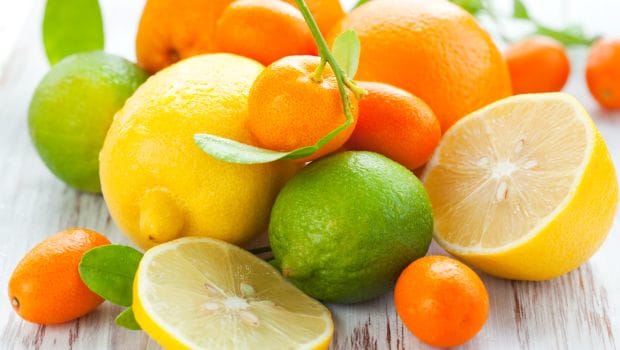
2. Raw garlic and onions. These can cause upset stomach and bloating in
some people. 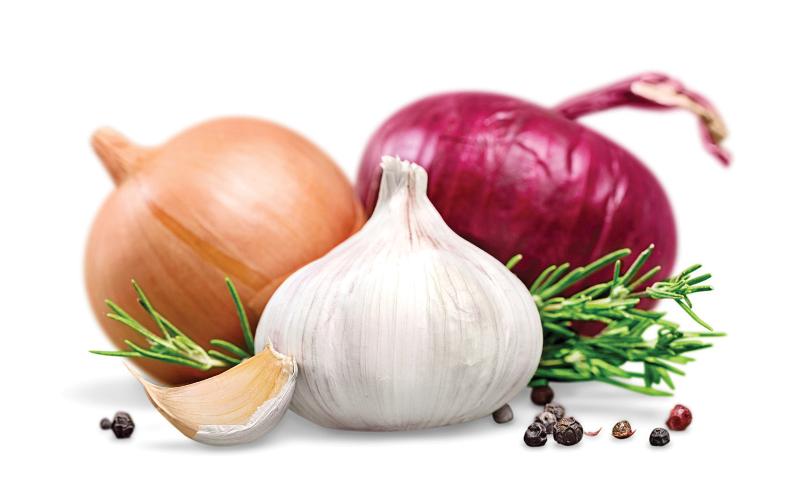
3. Coffee relaxes the LES causing reflux for some.
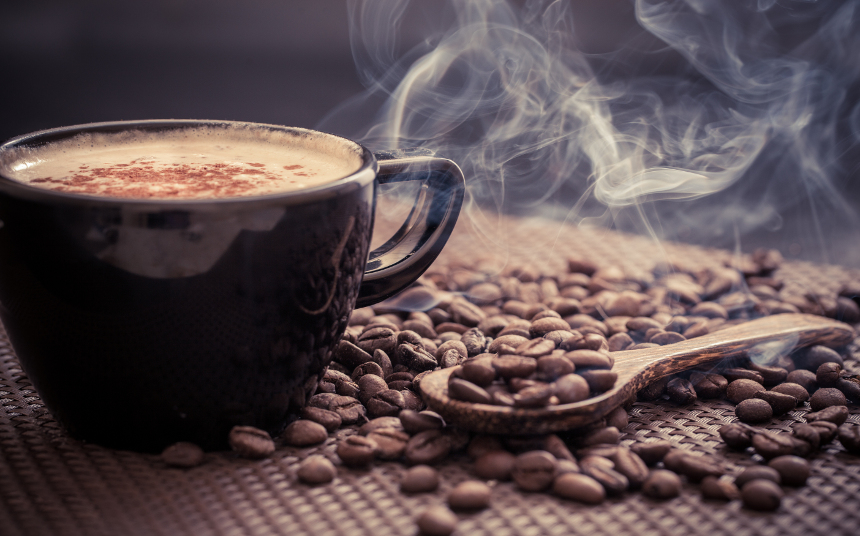
4. High-fat and fried foods take more time and stomach acid to digest, which delays
stomach emptying and can cause your stomach to increase acid production and
become bloated, both of which will worsen acid reflux symptoms. 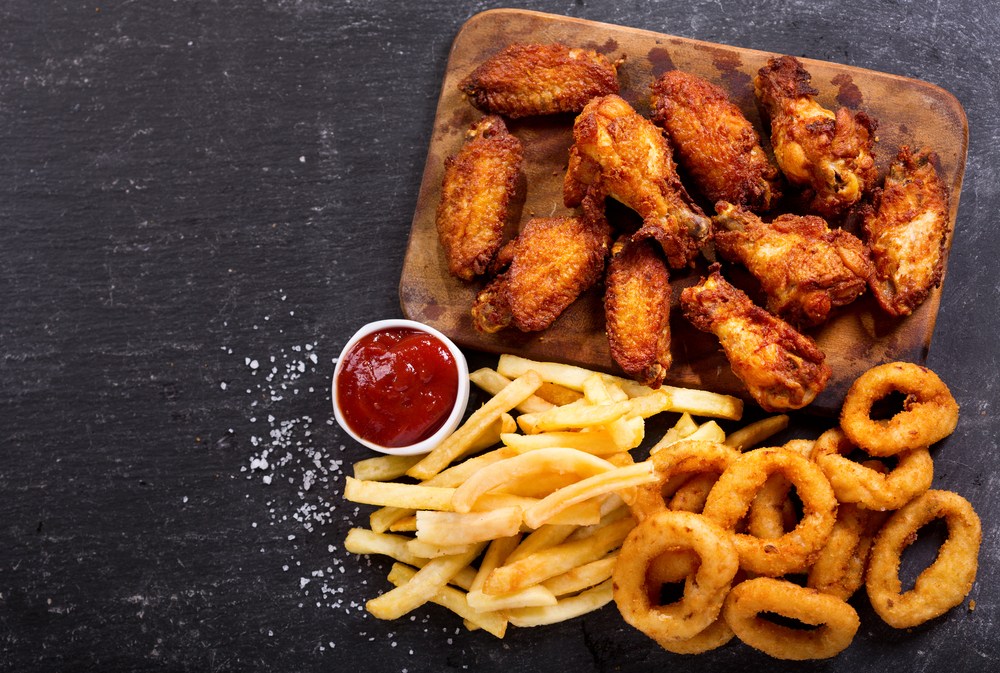
5. Chocolate contains a chemical called methylxanthine that can relax the muscle between your esophagus and stomach, or the LES, allowing acid to flow back up
into the esophagus. 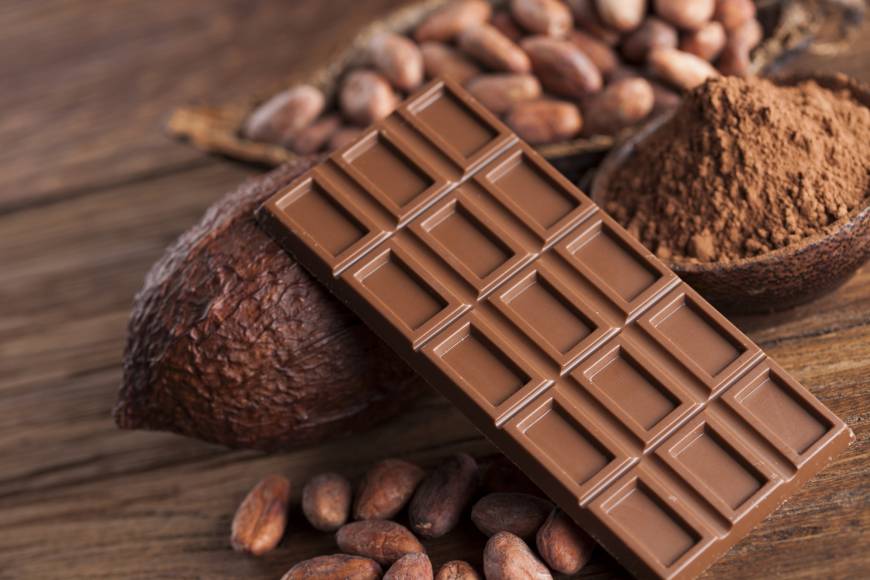
6. Spicy foods irritate the esophagus and cause symptoms of heartburn. 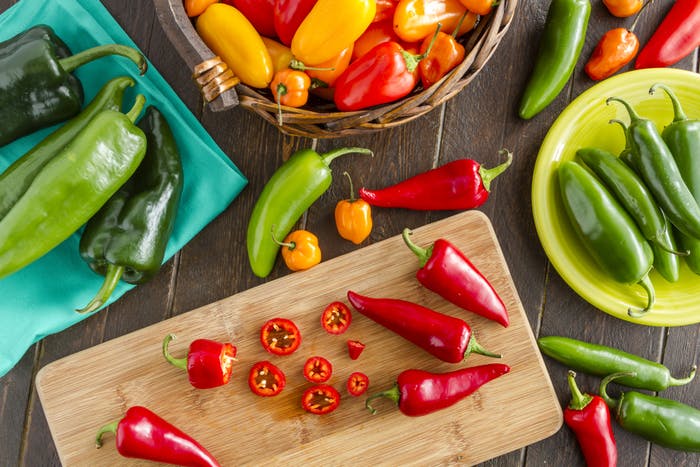
7. Peppermint relaxes the LES, allowing gastric juices to reflux back up. 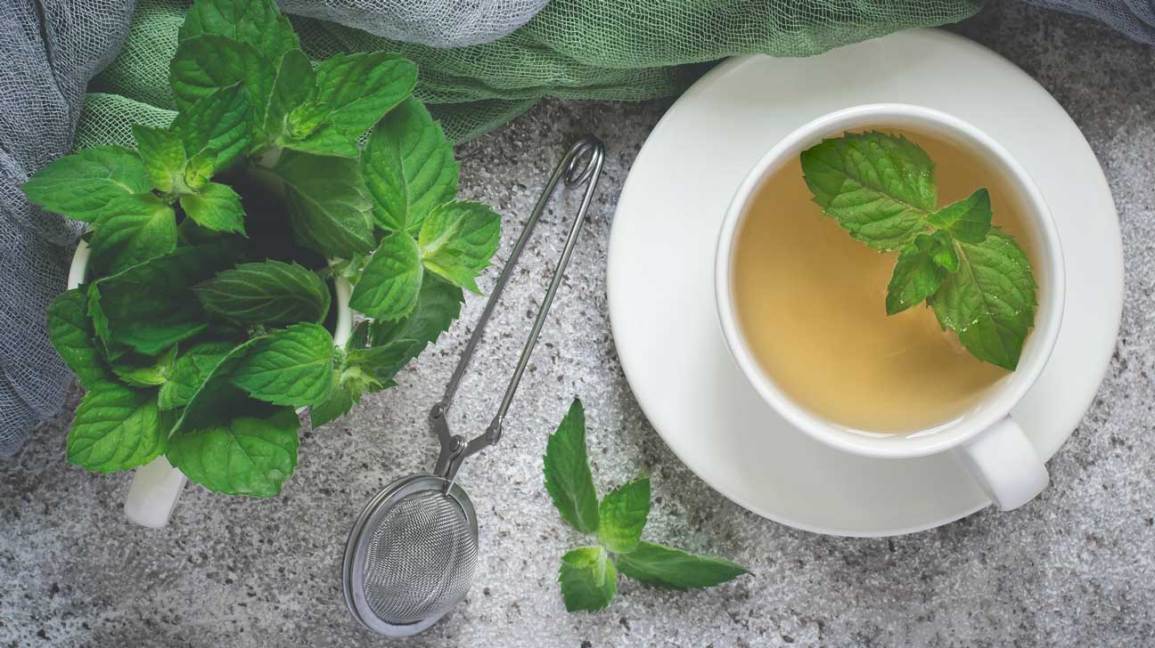
8.Caffeine can stimulate acid production and causes the LES to weaken. 
